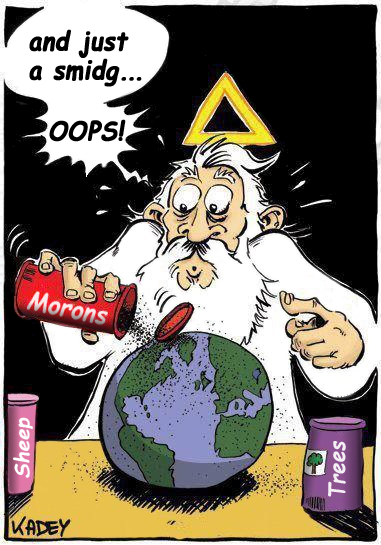Peter Hadfield on Himalayan glacier melt
Posted on 13 February 2012 by Rob Honeycutt
Journalist Peter Hadfield has produced a new Youtube video regarding all the headlines that were splashed across the news circuits last week claiming that there's been "No Melt in 10 Years."
Peter's MO has become the simple act of "reading the actual research." In this video he applies this unique journalistic technique to Jacob et. al 2012, "Recent contributions of glaciers and ice caps to sea level rise" and gets us to the bottom of what the rest of the media manages to miss.































 Arguments
Arguments























 0
0  0
0 80 * 0.021 = 1.68x (within a factor of 2 for back of the envelope), and given that recent years may have a radiative imbalance (not insolation) closer to 0.65 W/m^2, around 1.2x, so again fairly close for my rough numbers...
80 * 0.021 = 1.68x (within a factor of 2 for back of the envelope), and given that recent years may have a radiative imbalance (not insolation) closer to 0.65 W/m^2, around 1.2x, so again fairly close for my rough numbers...
 Can we have a new planet with intelligent life on it please?
This one is broken.
Can we have a new planet with intelligent life on it please?
This one is broken.







Comments